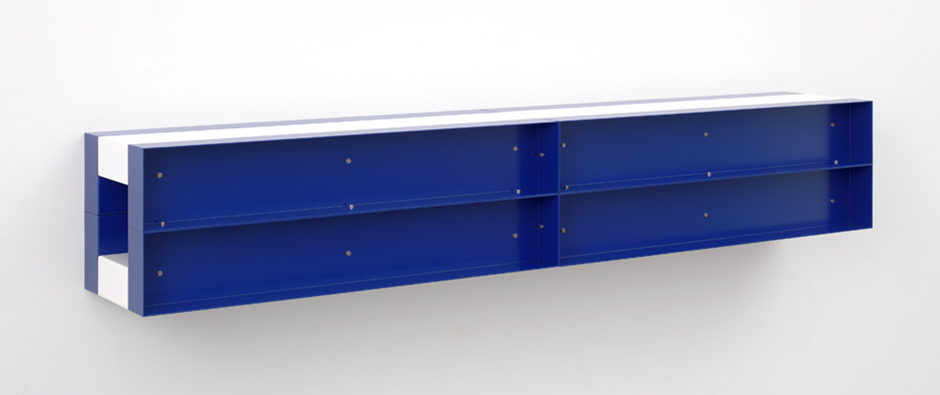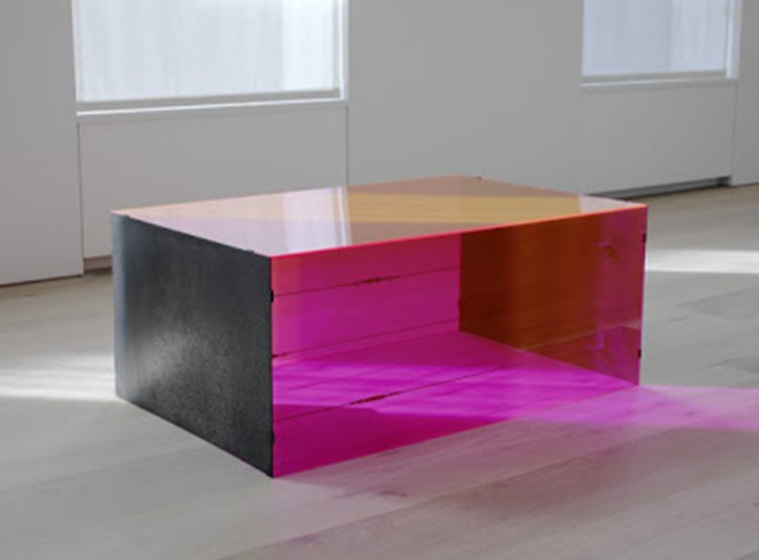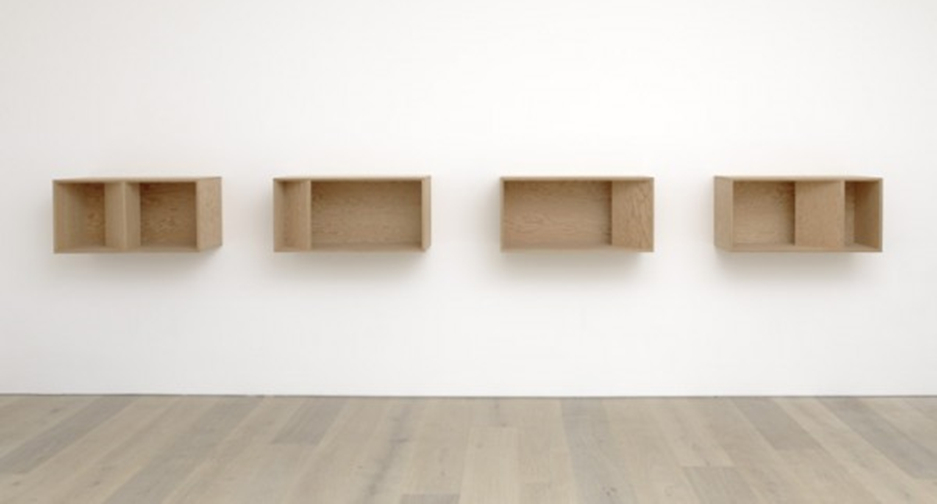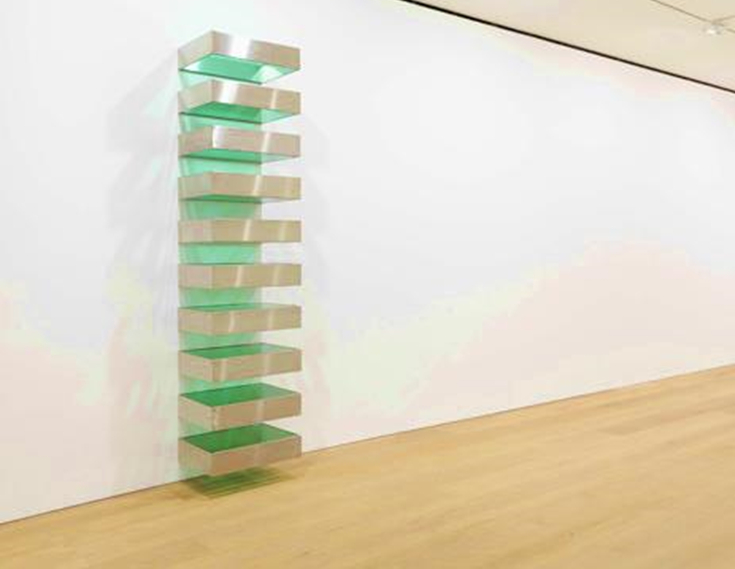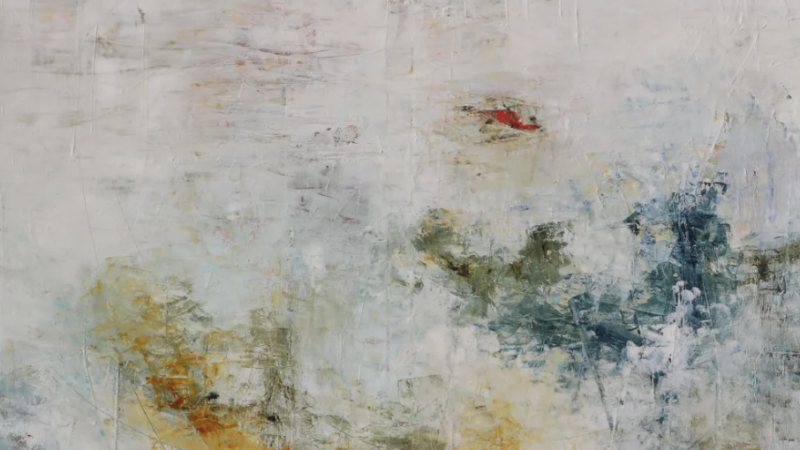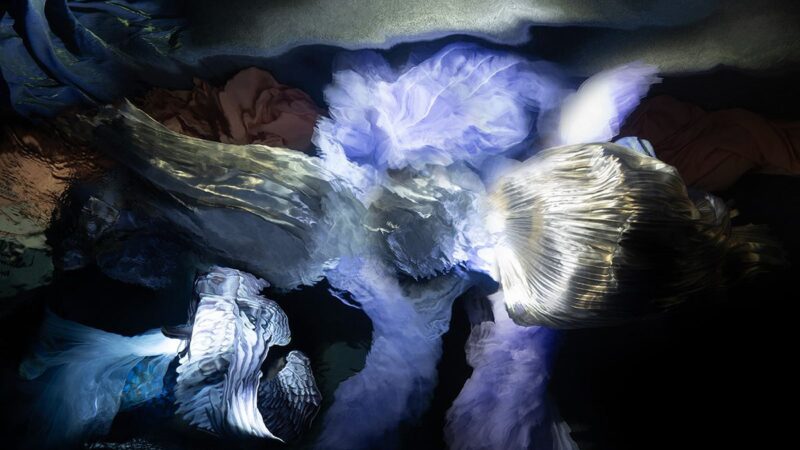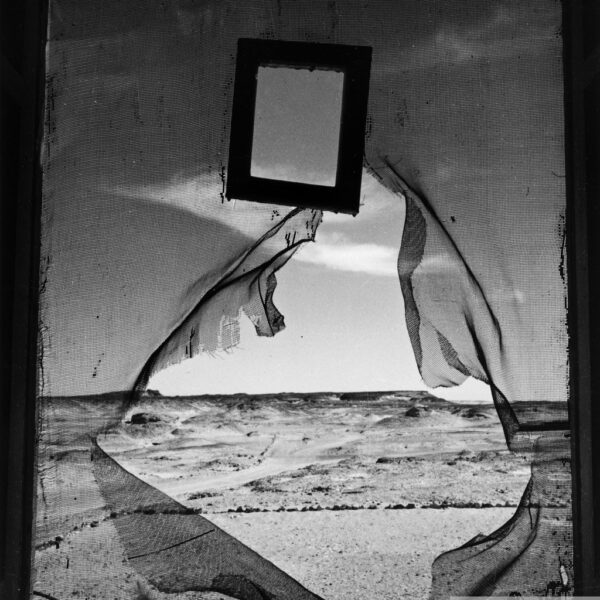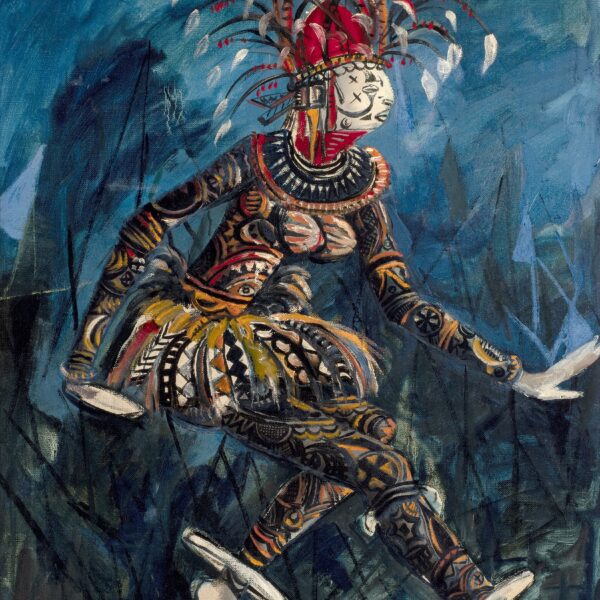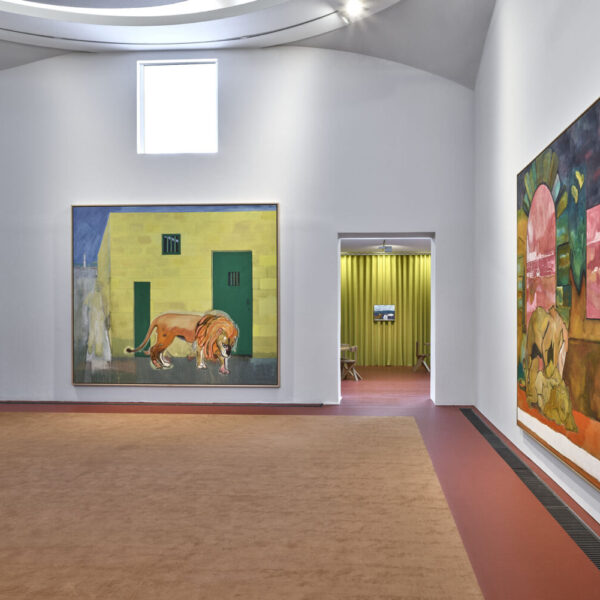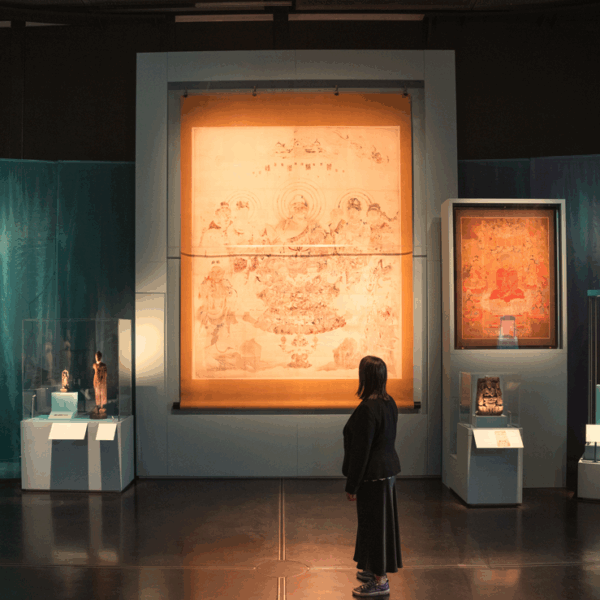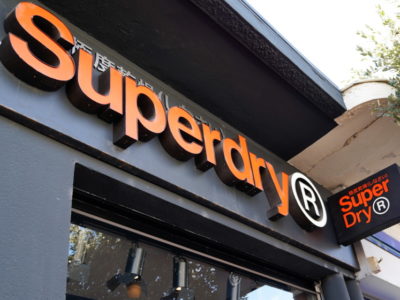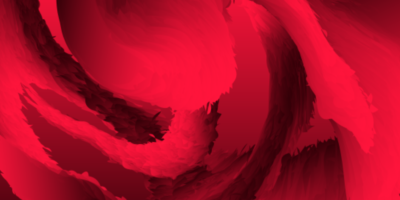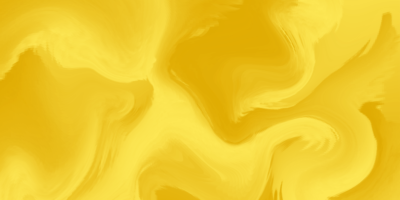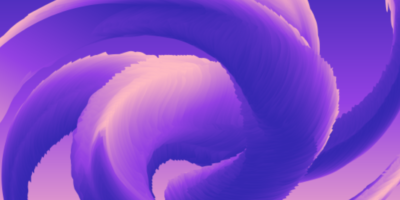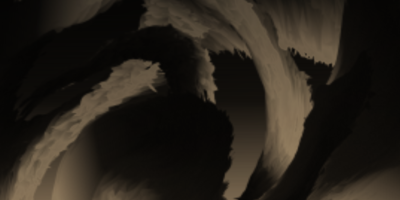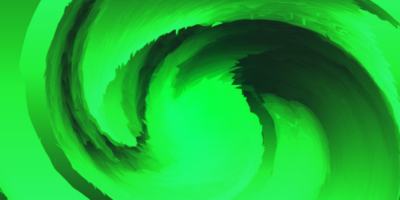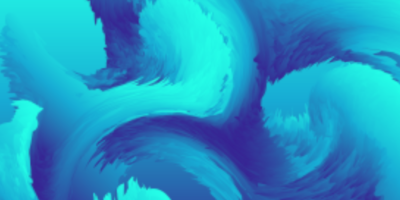Review: Donald Judd at David Zwirner
A 2004 Tate Modern retrospective was the last significant exhibition of post-war American artist Donald Judd – but a gallery presentation has not been seen in London for nearly fifteen years.
Currently, however, the newly opened European branch of New York’s renowned David Zwirner galleries is currently exhibiting some of Judd’s defining works. Installed across two floors, signature works that have come to define his career have been collected together right in the heart of Mayfair. The carefully selected pieces span from the early 60s up until his death, offering an enlivening insight into his clear and definite approach to objectivity, and away from representational art.
In an essay, ‘Specific Objects’ (1965), Judd wrote of how “it isn’t necessary for a work to have a lot of things to look at, to compare, to analyse one by one, to contemplate. The thing as a whole, its quality as a whole, is what is interesting…shape, image, colour, and surface are single and not partial and scattered.” His ability to visually develop an otherwise intangible idea resulted in Judd’s working of industrial materials – aluminium, wood, steel, Plexiglas – into geometric structures.
When faced with a large scale, 3D, fluorescent red rectangle, wooden or steel sculptures that jut out from the walls, or even the memorable round edged ‘is it an oval is it a rectangle’ structure, you develop an awareness of just how accustomed you have become to ‘looking’ for meaning in brushstrokes, ‘representations’ in sculptures. It’s a startling reaction – how are you supposed to approach an untitled, cadmium red semi-oval iron thing? And why is there a cube as a big as a car in the middle of the room? What does this mean?
In essence, this was Judd’s point. What is important in his work does not lie in what they do or do not represent; his work is self-sufficient, deliberately not relating to or representing anything other than itself. Instead, what becomes important is the material, the colour, the dimensions. The grand philosophical, cultural, even political statements we so often associate with works of art is avoided. Any ‘statement’ becomes more of a ‘subject matter’, which lies in an awareness of the material for each piece; an awareness of the properties of these materials since they are permitted to speak more strongly in an art context than in their original state.
By being generously arranged, hung, shelved or simply positioned throughout the gallery, the exhibition intensifies the exploration of spatial relationships that characterized Judd’s pieces. Segments of wood are placed within a row of hollow wooden boxes, each one at a slightly different angle to the one before and after (above). This sequential progression and subtle alteration of a singular piece is one of Judd’s trademark approaches. Similarly, upstairs, ten squares of steel and coloured Plexiglas are arranged in a vertical column, one directly below the other in a repeated, sequential arrangement (below). Position is important – Judd creates a systematic set of proportions that, by being specific, return to his grounding vision that things ought not to try to be anything but what they are.
Judd’s calculated physical disintegration of ‘art as meaningful object’ emphasises the role of the artist as well as their creative motivations and actions, which in turn, makes his work, well, ‘meaningful’. This exhibition acts as an introduction or reminder to one of the most revolutionary artists of a twentieth century movement. I have avoided using the word ‘Minimalist’ throughout this piece having learnt it was a term Judd resented, so instead I’ve had to opt for a cliched (but still true) conclusion to describe both this movement and Judd – less is more.


